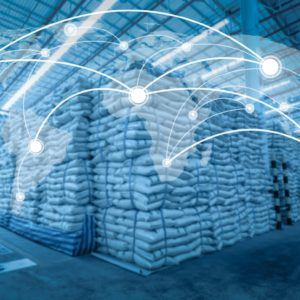Electronic Payments Reduce Supply Chain Woes
 According to PaymentsSource.com, there is a common misconception that B2B companies hold onto their funds for as long as possible to help alleviate cash flow problems. But research revealed it is not necessarily the truancy on the part of buyers that causes late payments, rather it’s the cumbersome internal processes and the manual, paper-based systems that lead to friction in the supply chain that detracts from productivity. Chasing payments is one such disruption to the supply chain that has long been a frustration for suppliers and buyers and too often it damages good working relationships.
According to PaymentsSource.com, there is a common misconception that B2B companies hold onto their funds for as long as possible to help alleviate cash flow problems. But research revealed it is not necessarily the truancy on the part of buyers that causes late payments, rather it’s the cumbersome internal processes and the manual, paper-based systems that lead to friction in the supply chain that detracts from productivity. Chasing payments is one such disruption to the supply chain that has long been a frustration for suppliers and buyers and too often it damages good working relationships.
That is why the Tungsten Network teamed up with the Institute of Finance and Management (IOFM), to conduct research and find out how late payments contribute to the friction in the supply chain. Their discoveries can be factored into an organization’s approach to vendor payments to better streamline processes and positively influence the bottom line.
“This initiative will measure for the first time the primary sources of procure-to-pay (P2P) friction and the impact of this friction on the supply chain. Identifying and eliminating P2P friction will help businesses accelerate their supply chain to increase cash flow and profit margins and reduce the cost of goods,” IOFM Executive Director Brian Cuthbert said in a statement.
5 Reasons Why Payments are Late
According to research, 47% of businesses admitted that at least one in 10 payments to their suppliers are made after the typical 30-60 day payment term. Only 5% said they pay their suppliers in the time promised and one in 12 said they fail to monitor their payment practices altogether.
The Tungsten/IOFM research shows that manual, paper-based processes bear the brunt of responsibility for late payments compared to cashflow issues:
- Internal processes – 64%
- Lack of automation – 39%
- Administrative errors – 29%
- Team capacity – 20%
- Delivery to manage cashflow – 16%
Electronic Payments Can Help
Electronic invoicing, also known as e-invoicing, is the process of sending a supplier a bill for goods or services by email or through a website. Electronic invoices usually include an option for the supplier to pay their bill electronically and is also a quick and convenient way to bill for goods and services they’ve purchased from your company.
When a company moves from a slow, paper-based system in favor of a quicker and more efficient electronic invoicing structure, it increases the efficiency and accuracy of the accounts payable team. This improvement makes administrative errors obsolete and sharply reduces the number of hands that need to touch the payment throughout the process.
The process of creating electronic invoices varies by payment acceptance services. Some allow businesses to send invoices directly from a compatible accounting software, while others offer an invoice creation tool to help set up invoicing options. Specific features vary by service or payment processor. Some processors allow the ability to customize the look of the invoice, add logos, offer a discount for early payment or add late fees automatically when invoices are past due, and more.
With electronic invoicing, suppliers can check the status of their invoice in real-time. This simple adjustment alleviates approximately 60% of the communication that needs to take place when tracking a payment manually. The result is increased productivity from employees which helps reduce overall business costs.
With electronic B2B invoicing improvements in place, businesses can reap the benefits of collecting payments faster, gain operational efficiencies and minimize payment risks. Not to mention buyers and sellers are better positioned to collaborate more strategically. These are many of the ways, that electronic invoicing can help reduce supply chain woes and make businesses more productive.
Learn More About B2B Electronic Payments:
Contact us online or call 1-800-621-8931.
Subscribe to Card Talk
Our monthly newsletter delivers the latest payments news straight to your inbox


